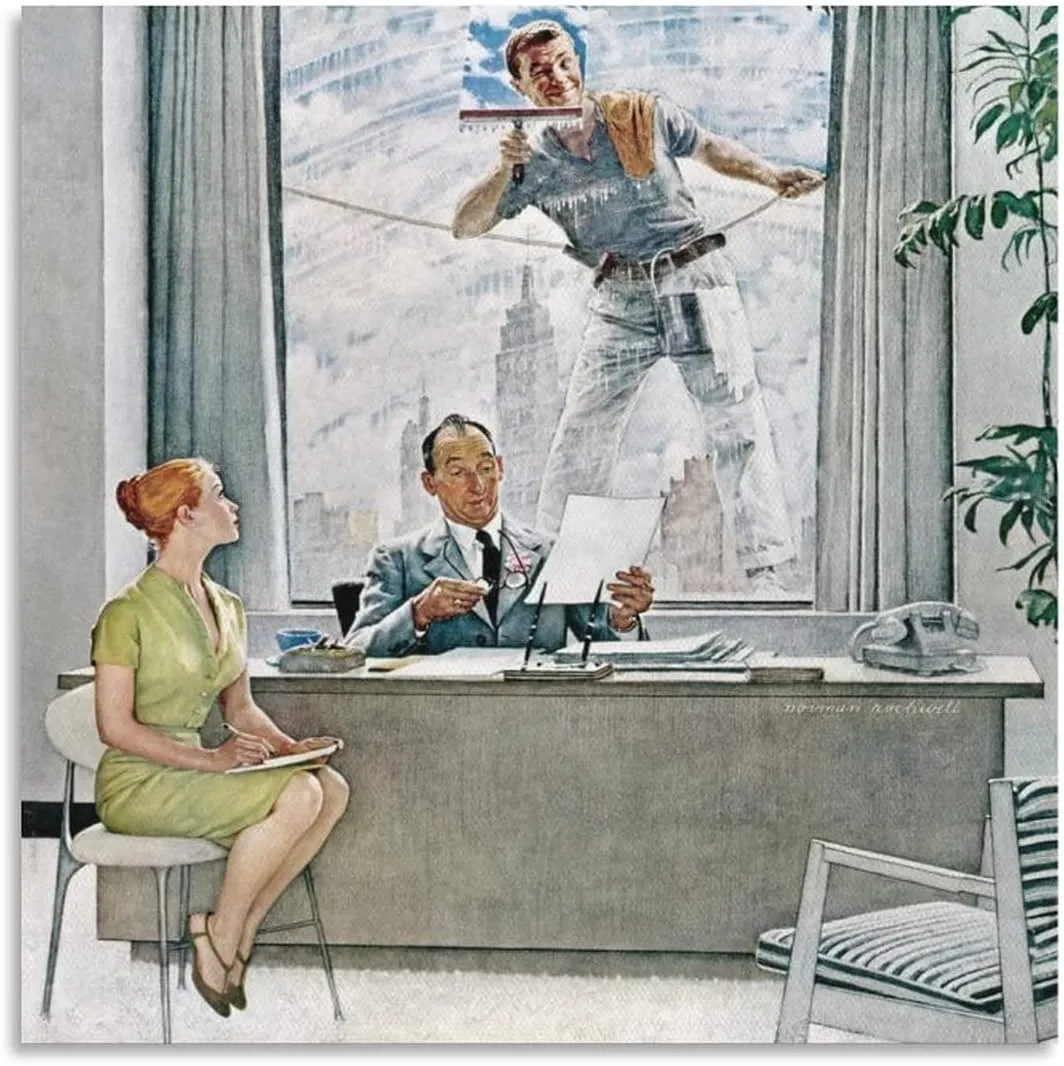Bridging the Tech Gap: Empowering Older Adults in a Digital World
2023
The digitalization of various aspects of life, accelerated by the pandemic, has made online interactions and transactions more prevalent. Businesses and organizations, ranging from utilities and restaurants to health care providers and the government, encourage people to use apps or websites for their needs. While this is convenient for many, it has left some older adults behind, as they may not have grown up in a digital world and struggle to adapt to new technologies.
Mildred Lovell, a 62-year-old woman, found herself in this situation when she began studying for a doctorate online. Despite her successful career in interacting with people at a day care center, she realized that her tech skills were lacking. With the patient assistance of a digital literacy associate, she has been gradually learning various tech skills, helping her feel more comfortable with technology.
Recognizing the challenges faced by older adults, particularly those born outside the United States, New York City is considering establishing a free tech support program for adults over 65, offering assistance over the phone in multiple languages.
While research shows that the majority of older adults now use the internet and own smartphones, it doesn't mean that their online experiences are smooth. Dr. Sara Czaja, who studies aging and behavior at Weill Cornell Medicine, notes that older adults can learn new things but may require more time due to changes in processing speed. Nevertheless, their brains retain plasticity, enabling them to adapt to new experiences.
A potential reason for the technology gap for older adults is that young designers typically create tech products, often without considering the needs of older users. Don Norman, a former Apple vice president and usability expert, advocates for incorporating older people into the design process to ensure products are user-friendly for everyone.
Some companies acknowledge the limitations of their digital services for older users but may not address the issue until economic pressure forces them to do so. For instance, a big bank had challenges with its website and phone line for older customers, but since there was no evident churn, the bank didn't make significant changes. However, designing separate lanes or dedicated phone lines for older consumers might not be a perfect solution, as younger users might end up using them too.
The shift to digital also impacts people with disabilities, as areas with higher rates of disability insurance claims often lack sufficient high-speed internet access, even in non-rural and urban areas.
Nonetheless, there is a growing market incentive to develop technology that caters to older adults as the baby boomer generation ages. This recognition highlights the importance of considering the diverse needs of users while designing technology and digital services to ensure inclusivity and accessibility for all age groups and abilities.
